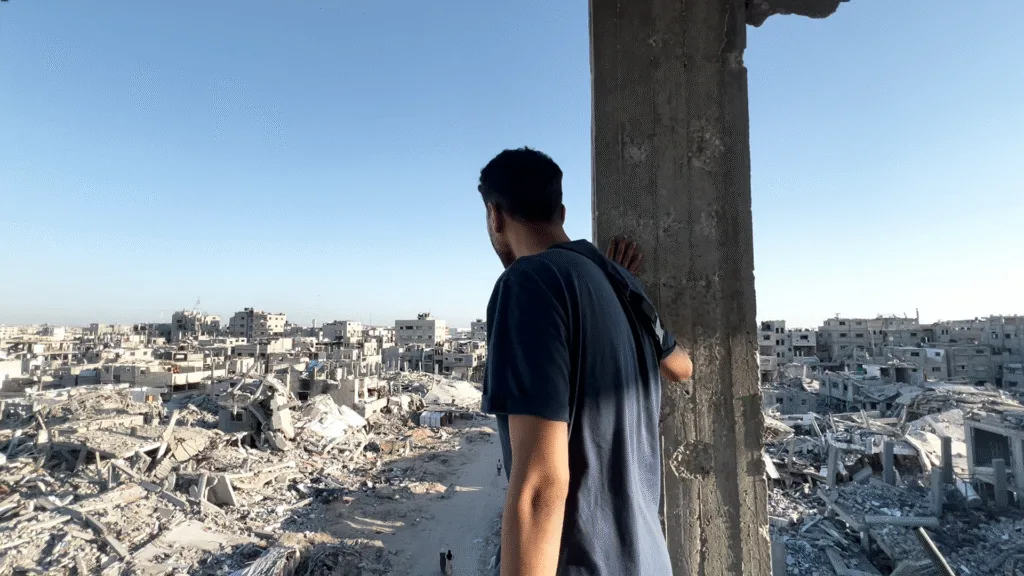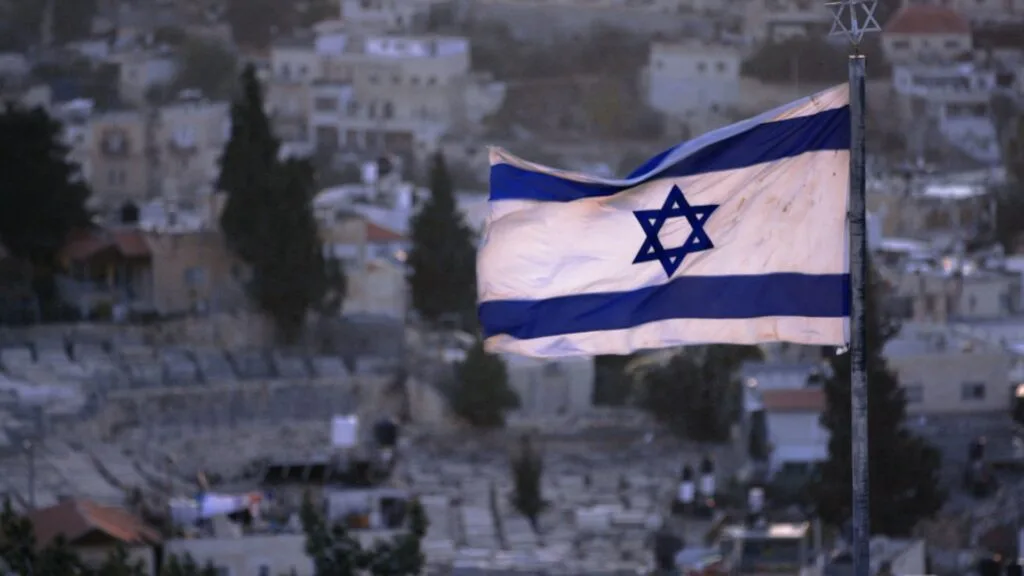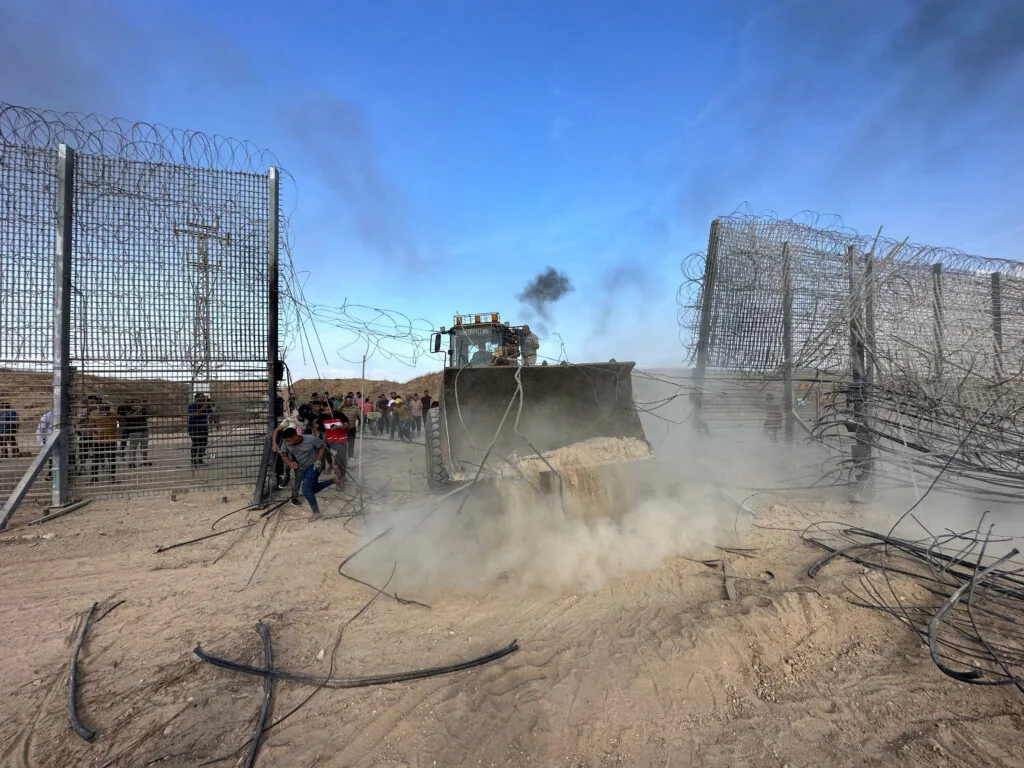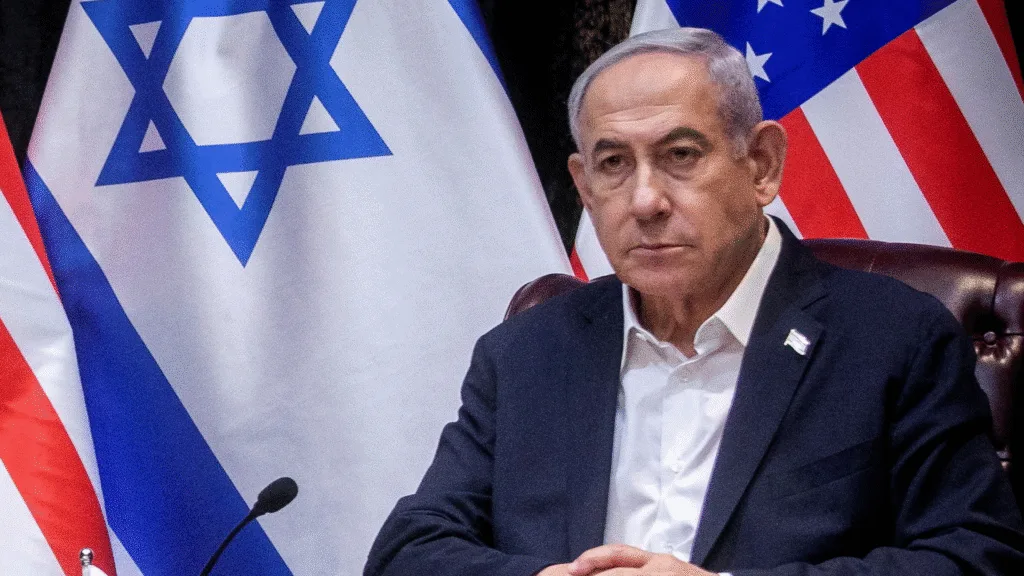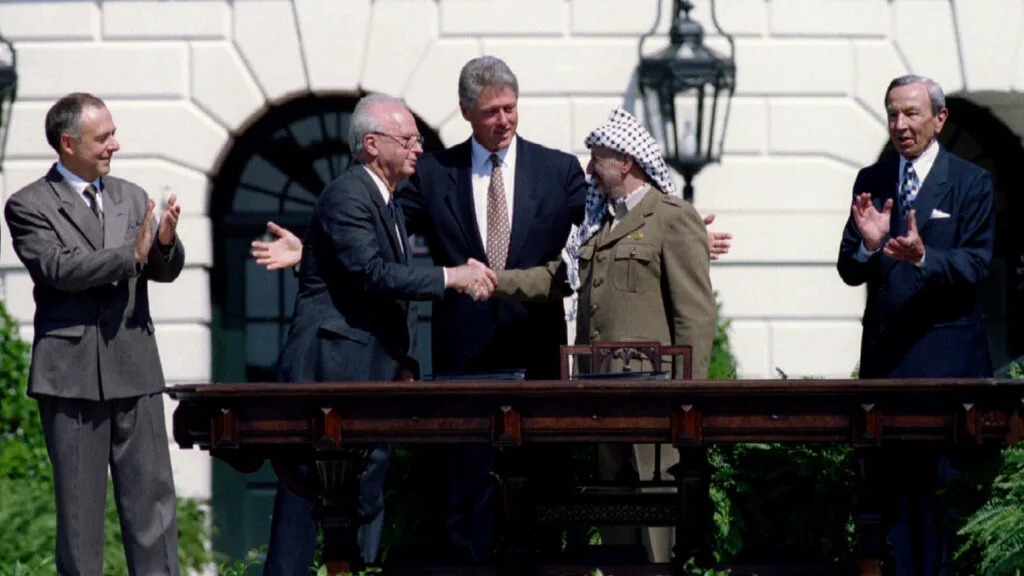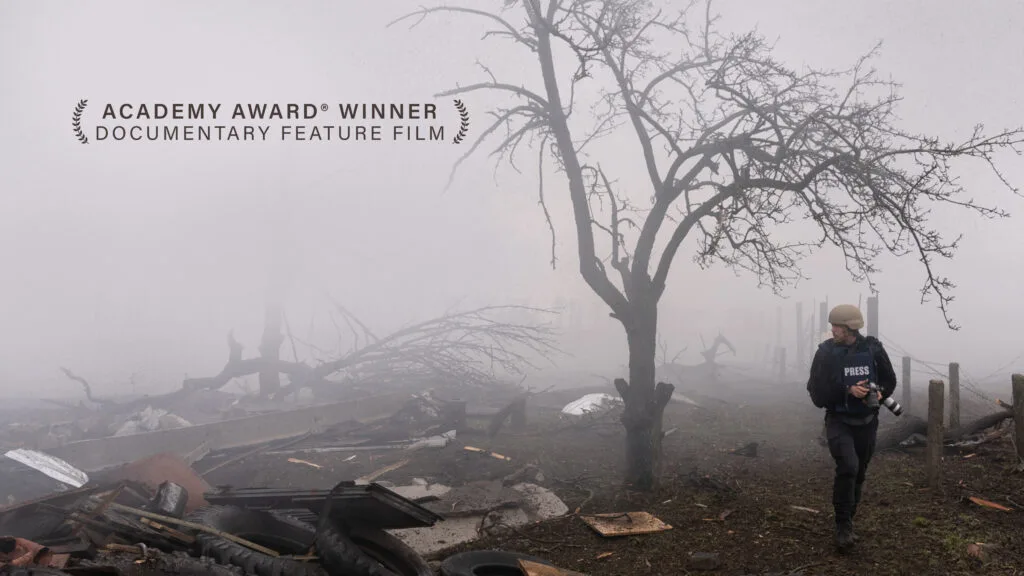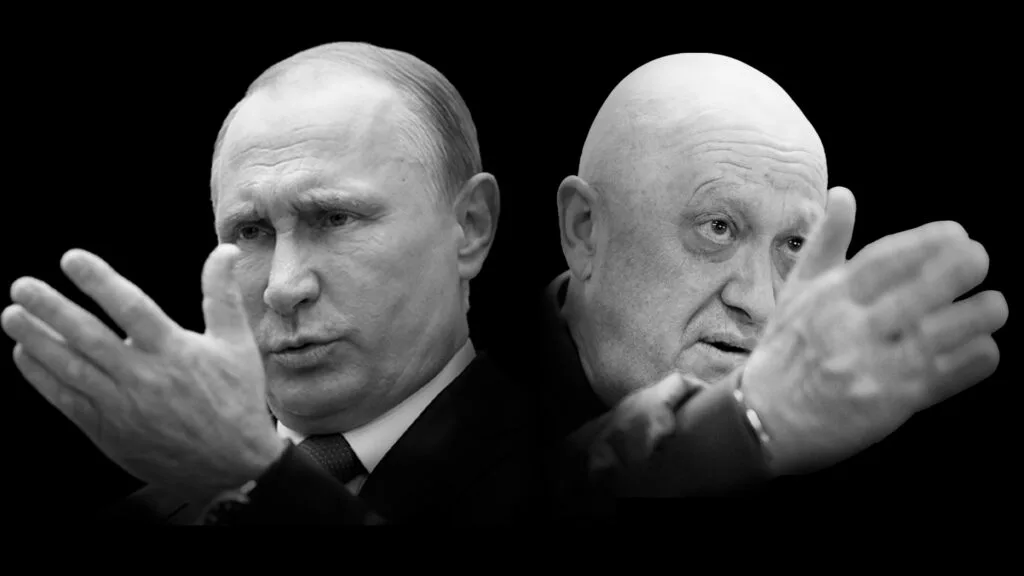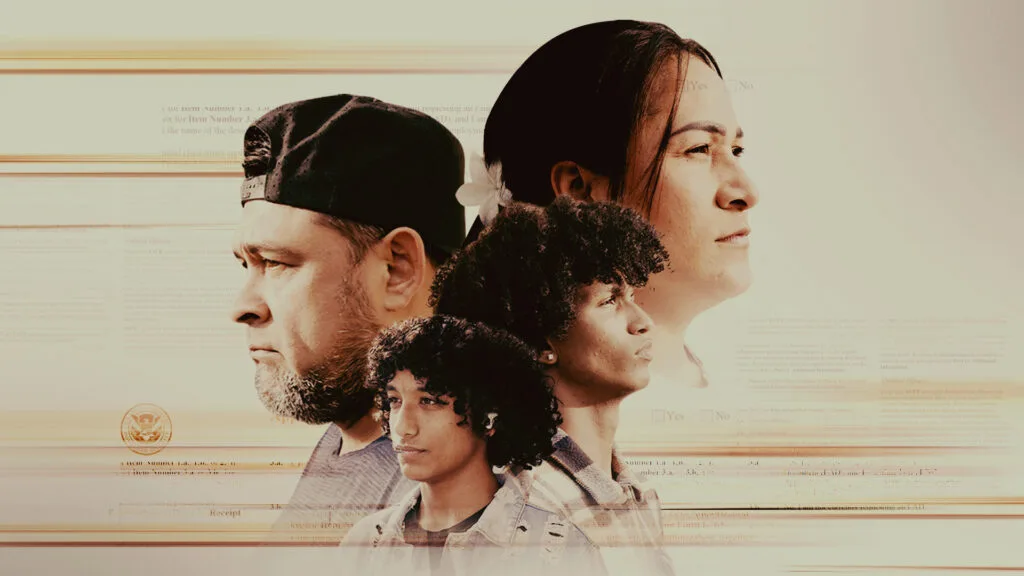U.N. Report Accuses Syria of Crimes Against Humanity
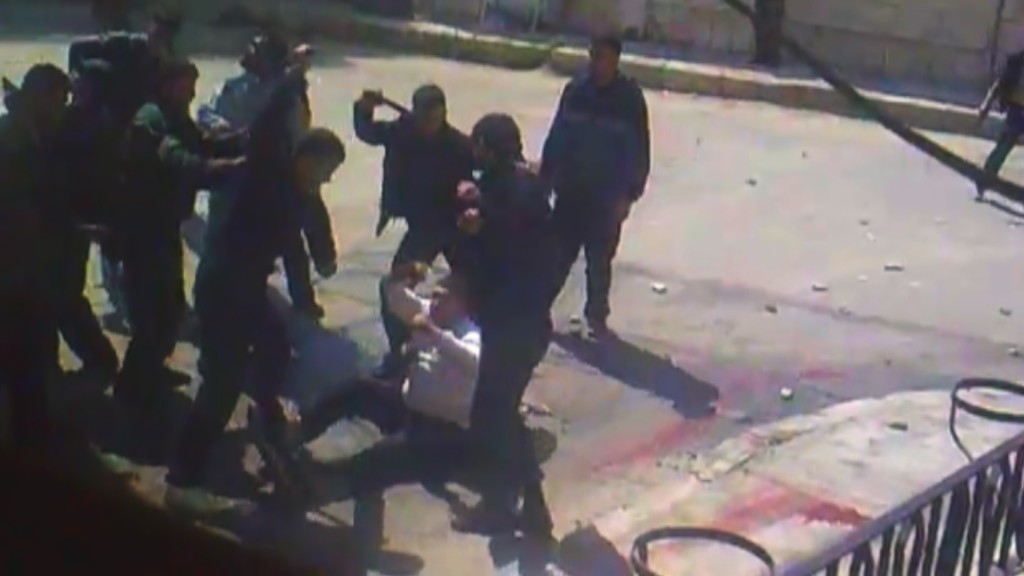
February 23, 2012
Share
The Syrian state has committed “gross human right violations” amounting to crimes against humanity concluded a panel of independent U.N. investigators in a 72-page report [PDF] released today.
Drawn from 369 interviews with victims, witnesses, defectors and individuals with “inside information” about the conflict, as well as analysis of satellite imagery, photos and videos that corroborate their accounts, the report states:
The commission received credible and consistent evidence identifying high- and mid-ranking members of the armed forces who ordered their subordinates to shoot at unarmed protesters, kill soldiers who refused to obey such orders, arrest persons without cause, mistreat detained persons and attack civilian neighborhoods with indiscriminate tank and machine-gun fire. In some cases, they gave explicit orders to commit crimes, in others they used more general terms (e.g. “use any force necessary”) that, in the circumstances, left no room for interpretation. The commission verified that, in some locations, individual army officers ordered the indiscriminate shelling of civilian neighborhoods in urban areas such as Hama, Al Ladhiqiyah, Dar’a and Homs.
A list of commanding officers and officials responsible for the crimes has been given to the U.N. High Commissioner for Human Rights, and the investigators have called for their prosecution.
The Syrian government has not yet responded to the report, which comes on day 20 of the army’s brutal assault on the city of Homs.
Activists say scores of civilians have been killed in the city. Among Wednesday’s estimated 70 casualties in Homs were two Western journalists working from the Baba Amr district, veteran Sunday Times correspondent Marie Colvin and French photographer Rémi Ochlik.
The two were killed after a shell struck the makeshift press center where they were staying. According a report in The Telegraph, Lebanese intelligence intercepted communications between Syrian Army officers revealing that direct orders were given to target the press center. “If journalists were successfully killed,” the radio communications revealed, “then the Syrians were told to make out that they had died accidentally in firefights with terrorist groups.”
Rami el-Sayed, a video blogger who had been broadcasting from Baba Amr was killed on Tuesday, and New York Times correspondent Anthony Shadid died in Syria earlier this month due to an apparent asthma attack after spending the week along the Turkish border. The journalists’ deaths have further highlighted the Syrian crisis, and in particular the dire situation in Homs, known as the center of the uprising.
“The scale of human tragedy in the city is immense. The inhabitants are living in terror,” Colvin wrote from Baba Amr in her final report for the Sunday Times. “Almost every family seems to have suffered the death or injury of a loved one.”
Grainy videos of the carnage taken by activists and citizen journalists in the besieged city have been appearing online since the assault began, but this footage shot by a French photojournalist using the pseudonym “Mani,” who had been living in Homs for the last month, provides what is perhaps the most gripping and clear portrait of the terrifying situation on the ground. Using Mani’s footage, Jonathan Miller of the Independent Television News has this report:
The International Community of the Red Cross (ICRC), which is the only international agency with aid workers in Syria, has called for a daily two-hour ceasefire in Homs and elsewhere to allow its workers to help.
“The humanitarian situation is so challenging, and our ability to bring resistance to affected people has been so restricted,” its spokesman Sean Maguire told Channel 4 News, “that in order to bring relief — to help the wounded and offer some assistance — we need this daily pause.”
Related Documentaries
Latest Documentaries
Related Stories
Related Stories
Policies
Teacher Center
Funding for FRONTLINE is provided through the support of PBS viewers and by the Corporation for Public Broadcasting. Additional funding is provided by the Abrams Foundation; Park Foundation; the John D. and Catherine T. MacArthur Foundation; and the FRONTLINE Journalism Fund with major support from Jon and Jo Ann Hagler on behalf of the Jon L. Hagler Foundation, and additional support from Koo and Patricia Yuen. FRONTLINE is a registered trademark of WGBH Educational Foundation. Web Site Copyright ©1995-2025 WGBH Educational Foundation. PBS is a 501(c)(3) not-for-profit organization.



